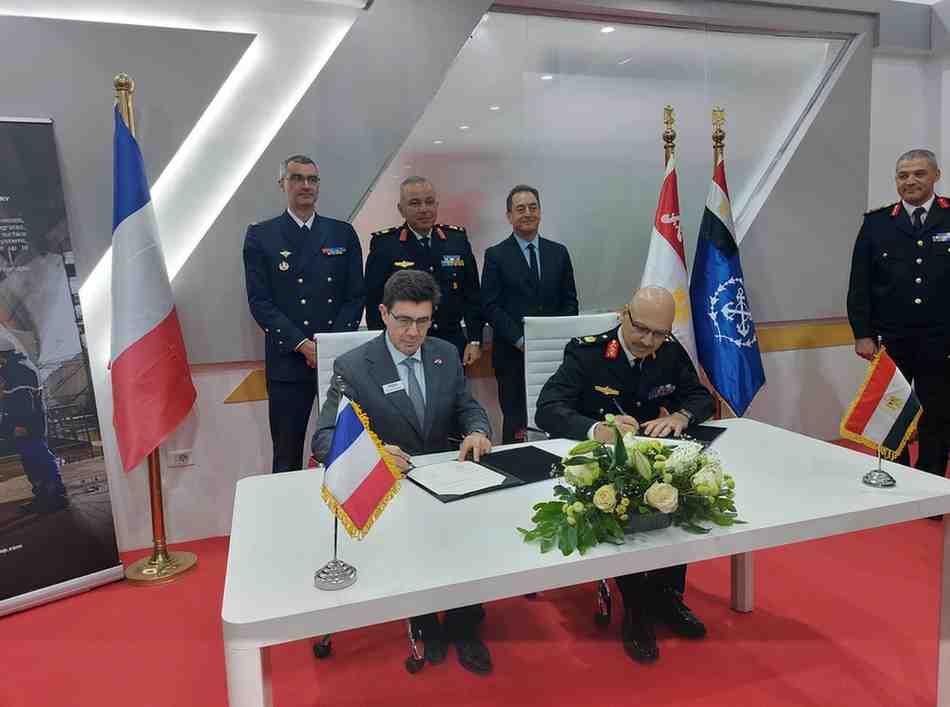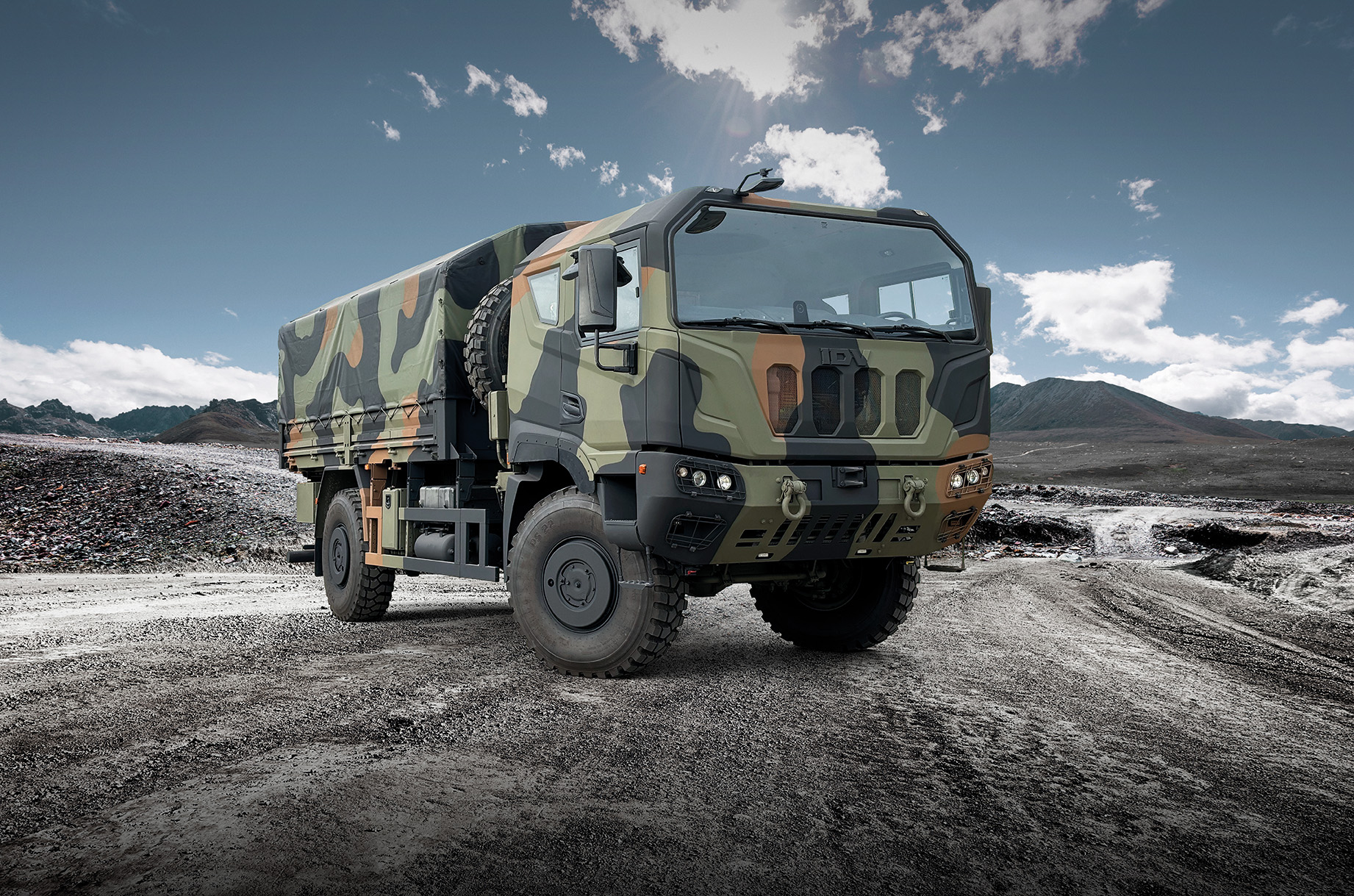No country has lost a battle if it had air superiority; also, no country has won a war if it had an adverse air situation. Air superiority is crucial, as Col Warden in his book The Air Campaign: Planning for Combat argued, “According to theory alone, surface warfare is impossible if enemy aircraft are continuously attacking the surface forces and those supporting them.”To gain air superiority, a dedicated campaign known as the Offensive Counter-Air Campaign (OCA) is carried out. One of the crucial missions of OCA includes the Suppression of Enemy Air Defense systems (SEAD). SEAD’s mission grew from the lessons learned during the quest for control of the air in several major twentieth-century conflicts. SEAD describes a simple concept: using airpower to target the air defenses that threaten friendly control of the air. Once achieved using sophisticated aircraft, now, loitering munitions — sometimes called “kamikaze drones” — have become the new vanguard in the suppression of enemy air defenses without risking pilots or billion-dollar aircraft.
Traditionally, SEAD relied on aircraft equipped with Anti-Radiation Missiles. Anti-radiation missiles like the AGM-88 HARM (High Speed Anti-Radiation Missile) play a critical role in SEAD missions, which aim to degrade or destroy enemy surface-to-air missile (SAM) sites and radar installations. This method is effective, however risky and too costly. Instead, the use of loitering munitions—cheaper, non-risky, and effective—shifted the focus. Instead of deploying billion-dollar aircraft, anti-radiation loitering munitions can do the job more cheaply. Anti-radiation loitering munitions such as Israeli IAI Harop and Turkish KARGI by Lentatek, specifically designed for SEAD missions.
Loitering munitions are completely self-sufficient weapon systems that can locate, identify, select, and target autonomously without human intervention. An anti-radiation loitering munition specifically designed for SEAD missions operates a bit differently. It uses the enemy’s electromagnetic radiation to guide, suppress, and destroy its air defense warning and guidance radars. Unlike traditional missiles, it loiters over the enemy and engages the target upon detection, and destroys it by colliding with the target. It contains an Anti-Radiation RF radar seeker used to detect radar, an Electro-Optical (EO) Sensor which provides real-time surveillance, and a warhead. The RF seeker identifies the target autonomously, while the EO sensors are both autonomous and manned, so either an operator or autonomously identifies the target. However, not all anti-radiation loitering munitions have EO sensors.
To overwhelm the enemy air defense system, it can be launched in a swarm along with simple kamikaze drones. The enemy, who will try to defend its airspace by activating the air defense system, which will make their radar system vulnerable to these specially designed loitering munitions. These loitering munitions will detect and destroy the radar system. It’s not just theoretical but a practical reality derived from recent conflicts. In 2020, the Nagorno-Karabakh war, Azerbaijan targeted SAMs with Israeli-made Harop, severely affecting Armenian air defenses. The objective of Azerbaijan in eliminating significant Armenian air defense threats, such as the competent SA-10s, was shown by this asymmetrical employment strategy. Furthermore, recently, in May 2025 Pakistan-India conflict, India tried to employ the same strategy by sending a swarm of Harop drones to neutralize Pakistan’s air defense system. However, Pakistan knew this strategy and didn’t engage the drones using SAM but rather used soft kill through Electronic Warfare (EW) and hard kill through anti-aircraft guns.
Anti-radiation loitering munitions are not a guarantee of air superiority or complete suppression of enemy air defense systems; rather, they’re the first line of attack, which paves the way for further air raids. Think like that, your enemy air defenses are too strong and the area of target is too deep, if you send an aircraft, it will certainly be shot down. Now, what you will do is send a swarm of these anti-radiation loitering munitions, which will engage the enemy air defense system. A series of attacks will make the enemy air defense system weaken enough so that your aircraft can carry out its mission. Furthermore, loitering munitions can be used either to supplement or to substitute for a manned aircraft action. Supplement a manned aircraft action by targeting air defenses together with aircraft. Substitute an action, such as used to target air defenses, while manned aircraft can carry out other missions. Moreover, beyond SEAD, it can be used just to harass the enemy, gather intelligence, and check the enemy’s air defense capabilities.
In conclusion, air superiority is a collective effort, and so is the mission of SEAD. Along with loitering munitions, the manned aircraft can have more freedom of movement. An efficient air force is necessary; there is no question in that, but the development of such loitering munitions is a battlefield need in contemporary warfare. Modern wars are more often fought with air power, but every time, using expensive aircraft is more costly than just deploying loitering munitions.

Muhammad Mudassir
Muhammad Mudassir is a student of Defence and Strategic Studies at Quaid-i-Azam University, Islamabad. His areas of interest include defence analysis, strategic research, and geopolitical studies.
- Muhammad Mudassir#molongui-disabled-link
- Muhammad Mudassir#molongui-disabled-link
- Muhammad Mudassir#molongui-disabled-link
- Muhammad Mudassir#molongui-disabled-link













